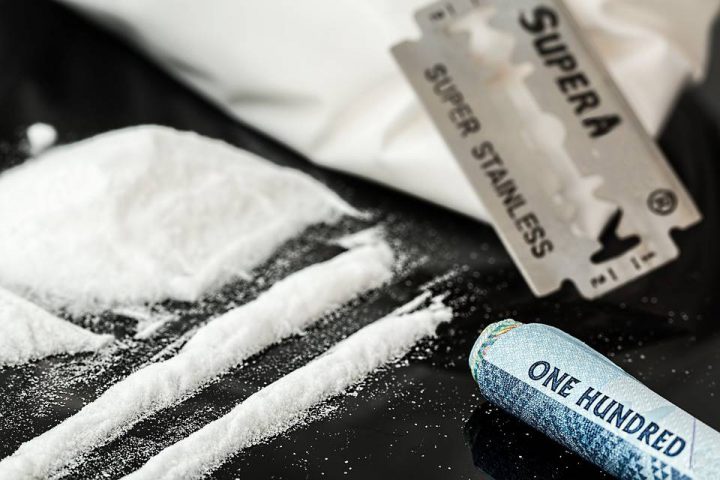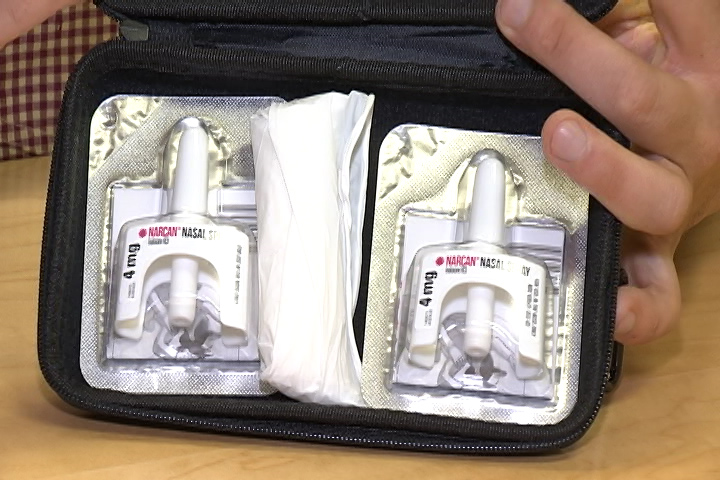Five deaths in six days after a deadly drug disguised as something else struck without warning.

On March 11, Saskatoon police first sounded the alarm following a rash of drug overdoses caused by cocaine tainted with fentanyl. Since then, RCMP say they believe the drug has surfaced in at least three other communities in the province and ask anyone who thinks they have the drug in their possession to call 911.
The five fatal overdoses occurred in Saskatoon as well as Maidstone and in all likelihood the deceased had no idea the cocaine they were using contained fentanyl – a drug so strong, a dose the size of a grain of salt can kill.

Devastation caused by the drug has prompted calls by the Saskatchewan NDP for the public to have more access to a life-saving drug known as Narcan. This time in nasal spray form to combat the crisis. It’s one of three possible methods to administer the drug and prevent another tragedy in the making.

Get breaking National news
“I think the reality of having something that doesn’t require training and can be readily available is a positive thing but you’d have to make sure there was an appropriate use of guidelines,” Saskatchewan NDP leader Ryan Meili said.
Specialized paramedics on the Saskatoon Fire Department can administer the drug through nasal spray, through intramuscular injection or intravenously like the kits provided by the province to those at risk of an overdose.
What method they use to reverse the effects of an overdose is done on a case-by-case basis.

Whereas paramedics with Medavie Health Services West (MHS West) almost always use it through IV injection. The reason they typically don’t rely on the nasal spray is because a patient’s nasal passage could be blocked if the person has either vomited or there’s a buildup of mucus as a result of the overdose.
“Nasal spray isn’t something that goes right into your lungs – it’s absorbed through your skin and nasal passage,” MHS West spokesperson Troy Davies said.
“So if you don’t have a clear route for the drug to be administered so it can be circulated through the skin and your nasal canal then it’s not going to work effectively.”
It’s cost effective but first responders can also control the rate and dosage of the drug since snapping someone out of an overdose state too suddenly can have adverse effects.
“If we were to give a large dose right off the top with Narcan, what we’ve seen in the past and what I’ve witnessed in the past – is typically someone that is in a narcotic overdose that you’re bringing back immediately – they tend to be pretty aggressive when you’re travelling in the back of the ambulance driving to the hospital.”
Still, Davies said having the public use Narcan nasal spray is better than nothing until paramedics arrive and could mean the difference between someone living or dying.







Comments